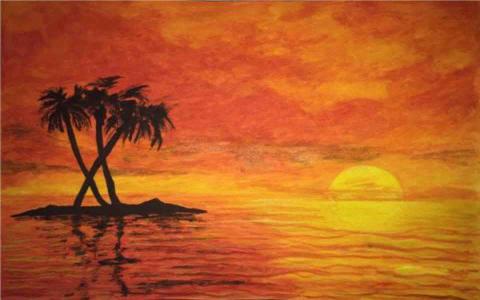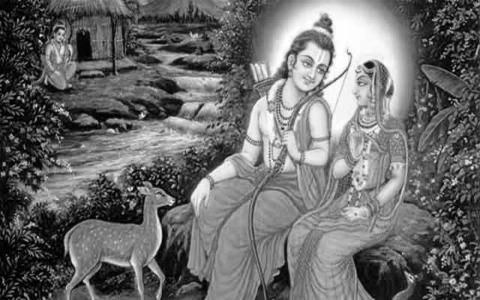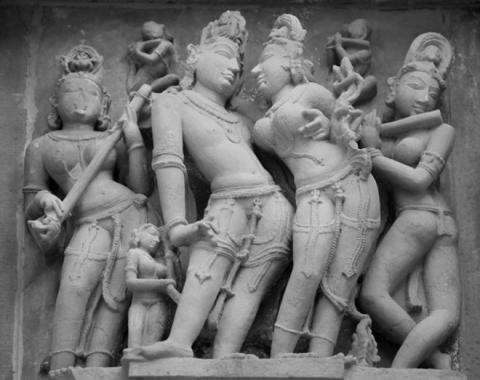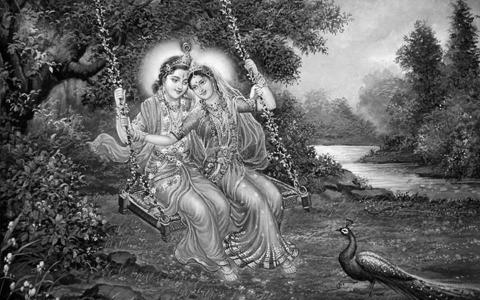
It is interesting to note that the Indian writers on the Kāma-śāstra classified the heroines as Padminī, Cittinī, Hastinī and Śaṅkinī, primarily based on their physical and sociological attributes. They were also categorised into svīyā, parakīyā and sādhāraṇā based on the same parameters. On the other hand, aestheticians who are well versed with the Nāṭya tradition of India classify the heroines based on their emotional states, which is subtler...

Let us first consider the different categories of heroes (nāyakas). While it is the male that has all the charm in the animal world, it is quite the opposite in the world of humans. The variety of heroes is limited. Nāyakas are usually classified into four kinds – Dhīrodātta (example: Śrīrāma), Dhīroddhata (example: Bhīma), Dhīralalita (example: Udayana) and Dhīraśānta (example: Cārudatta of Mṛcchakaṭikam). These categories have their associated...

Among the four vṛttis that Bharata describes in his Nāṭyaśāstra (namely, the sāttvikī, kaiśikī, ārabhaṭī and bhāratī), kaiśikī renders itself the best for the portrayal of śṛṅgāra. Kaiśikī is a softer and more graceful mode of expression and is usually associated with curvilinear movements and ornate expressions. This has four limbs, namely narma, narmasphiñja, narmasphoṭa and narmagarbha and many secondary limbs. Bharata, Dhanañjaya, Dhanika...

The World of Aesthetics – its Heroes and Heroines
It is a well-known fact, attested by the experience of conscious connoisseurs that Śṛṅgāra (love) is the sweetest and the most enjoyable rasa. (“Śṛṅgāra eva madhuraḥ, paraṃ prahlādano rasaḥ” - says Ānandavardhana). Śṛṅgāra is not merely hailed as the king of rasas, but also as the only Rasa and the only untainted form of impersonal emotion (“Śṛṅgāra eva rasanādrasamāmanāmaḥ” – Bhojarāja). These...
